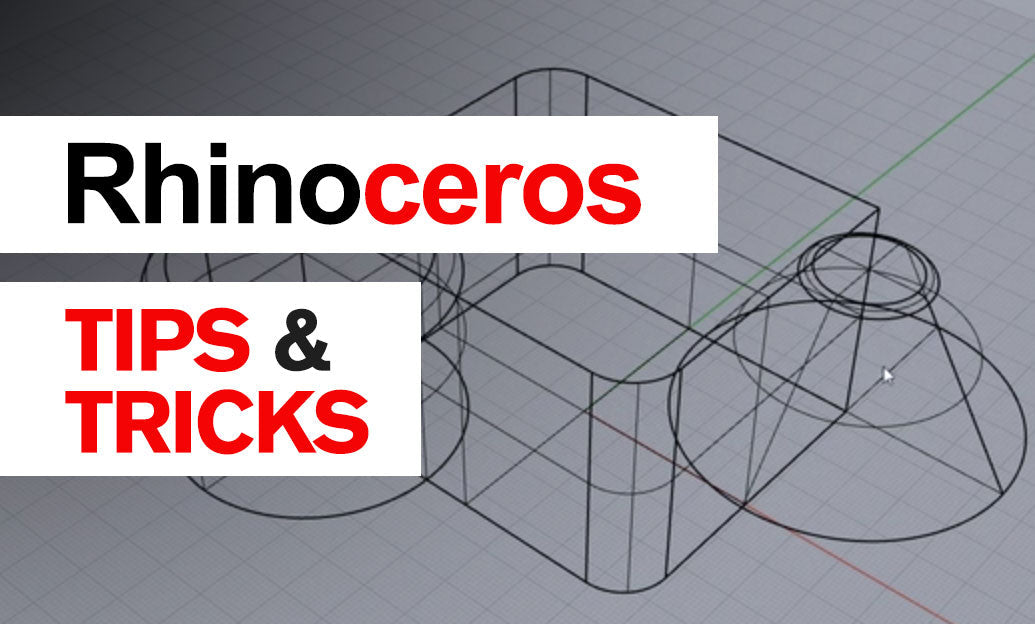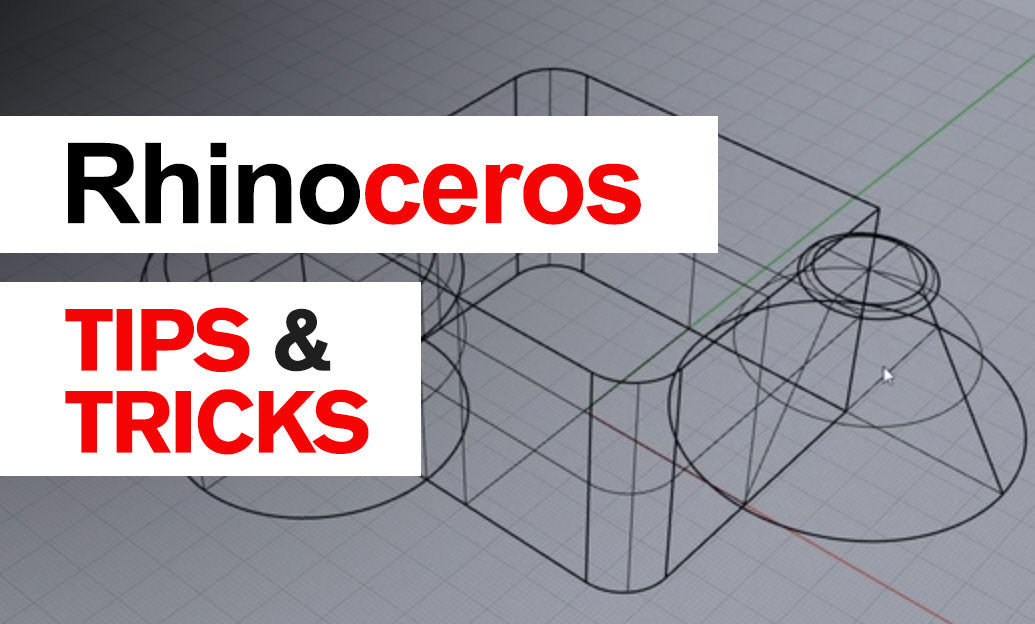Your Cart is Empty
Customer Testimonials
-
"Great customer service. The folks at Novedge were super helpful in navigating a somewhat complicated order including software upgrades and serial numbers in various stages of inactivity. They were friendly and helpful throughout the process.."
Ruben Ruckmark
"Quick & very helpful. We have been using Novedge for years and are very happy with their quick service when we need to make a purchase and excellent support resolving any issues."
Will Woodson
"Scott is the best. He reminds me about subscriptions dates, guides me in the correct direction for updates. He always responds promptly to me. He is literally the reason I continue to work with Novedge and will do so in the future."
Edward Mchugh
"Calvin Lok is “the man”. After my purchase of Sketchup 2021, he called me and provided step-by-step instructions to ease me through difficulties I was having with the setup of my new software."
Mike Borzage
Rhino 3D Tip: Enhancing Visual Realism with Decals in Rhino 3D
September 30, 2024 2 min read

Incorporating decals in your Rhino 3D models can significantly enhance the visual realism of your designs. Decals are images or textures that you can apply to surfaces in your 3D model, adding an extra layer of detail without modifying the underlying geometry. Here's how you can effectively use decals to bring your models to life:
Steps to Apply Decals in Rhino:
- Select the Surface or Object:
Begin by selecting the surface or object where you want to apply the decal. Ensure the surface is appropriately prepared and free from unnecessary geometry that might interfere with the decal application.
- Access the Decal Tool:
Navigate to the Properties panel and select the Material tab. Within this tab, you will find the Decal section. Click on the Add button to start the decal application process.
- Choose Your Image:
Select the image you want to use as your decal. Rhino supports various image formats such as JPEG, PNG, and TIFF. Choose an image that suits the purpose and scale of your design.
- Position and Scale the Decal:
Once the image is loaded, you can position it on the selected surface. Use the positioning handles to adjust the location, rotation, and scale of the decal. Ensure the decal fits perfectly on the surface without stretching or distortion.
- Adjust Decal Properties:
Fine-tune the decal properties such as transparency, brightness, and repeat options. These adjustments can help you achieve the desired visual effect and blend the decal seamlessly with the underlying material.
- Apply and Preview:
After finalizing the decal properties, apply the changes and preview the results in the rendered view. Make any necessary adjustments to ensure the decal integrates well with the overall design.
Tips for Effective Decal Usage:
- High-Resolution Images: Use high-resolution images for your decals to avoid pixelation and maintain clarity, especially on large surfaces.
- Seamless Integration: Choose images that complement the material they are applied to, ensuring a natural and convincing look.
- Multiple Decals: You can apply multiple decals to a single surface to create complex and detailed visual effects. Manage their layering order for the best results.
- Save Settings: Save your decal settings as templates for future projects to streamline your workflow.
By mastering the application of decals, you can elevate the visual quality of your Rhino models, making them more realistic and visually appealing. For more tips and professional advice, follow NOVEDGE on our social media channels. Enhance your design capabilities with our extensive resources and expert guidance.
You can find all the Rhino products on the NOVEDGE web site at this page.
Also in Design News

Rhino 3D Tip: Sure, please provide the tip you'd like a title for.
October 24, 2025 1 min read
Read More
Advancing Virtual Collaboration: Redefining Global Design Teams with Digital Innovation
October 24, 2025 12 min read
Read MoreSubscribe
Sign up to get the latest on sales, new releases and more …



